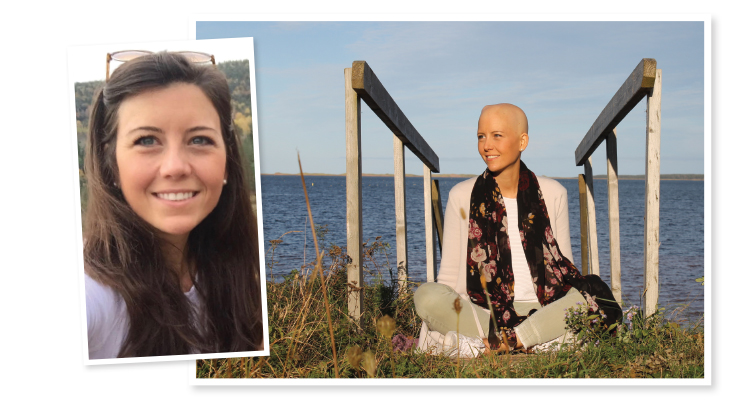
Provide your feedback during our consultation
In increasing numbers, patients are looking beyond conventional medicine to non- conventional therapies or strategies for improved wellness or relief from chronic medical symptoms. The popularity of such therapies makes it likely that most practising physicians will have at least a handful of patients in their practice who are pursuing alternative therapies.
Which is why Dr. Keith Hay, a family physician and CPSO Medical Advisor, is encouraging all members of the profession to participate in our consultation on the draft expectations for the provision of complementary and alternative medicine.
“This is a policy that is relevant to the entire profession, not just for physicians who are providing complementary or alternative medicine. We all have some patients in our practice who are interested in pursuing non-conventional treatments,” said Dr. Hay, who sat on the working group that updated the Complementary and Alternative Medicine policy, which was last approved in 2011.
The working group’s aim was to strike the right balance between protecting patients from harm, while respecting patient autonomy to choose non-conventional medical treatment, said Dr. Hay.
“We were also conscious of not impeding innovation or professional judgment,” said Dr. Hay, “but as with all our policies and initiatives, ensuring the safety of patients is our first priority.”
While physicians have always been expected to only practise within the limits of their knowledge, skills, judgment, and scope of practice, the draft policy has been updated to apply this expectation more explicitly within the context of complementary and alternative medicine. In particular, it makes clear that physicians can only offer treatments for symptoms, complaints or conditions they are able to treat within their conventional scope of practice. This is to help ensure physicians are not using complementary or alternative medicine to practise across specialties where they lack formal training or education.
The draft policy also aims to strengthen physicians’ connection to conventional medicine, even when providing complementary or alternative medicine. The draft policy requires that a conventional clinical assessment be undertaken and that the findings of this assessment and any conventional treatment options be communicated to the patient, prior to offering complementary or alternative medicine.
“The working group felt strongly that physicians should always start from a position of conventional medicine, and so we updated the expectations to preclude the possibility of physicians proceeding with complementary or alternative treatments without consideration of the conventional options available,” said Dr. Hay.
While many physicians provide low-risk complementary or alternative treatments to patients supported by some evidence regarding their efficacy, the CPSO identified instances of physicians providing high-risk treatments with little evidence to support their use. Updates to the policy were required to give the College the right tools to address these situations, where necessary.
“We believe that when physicians depart from conventional medicine, it must be done in a manner that is supported by sound clinical reasoning and where the risks posed to a patient do not outweigh the benefit,” said Dr. Hay.
Proposed Key Changes:
- Updating the scope of the policy to specifically include:
- Conventional treatments, practices or products being used in non-conventional ways.
- New treatments, practices and products that are based on conventional medical understanding and scientific reasoning.
- Requiring physicians to undertake a conventional clinical assessment and communicate its findings and any conventional treatments options to the patient, prior to offering complementary or alternative medicine.
- Requiring that treatment be supported by evidence and science, as opposed to being informed by it.
- Updating the risk benefit analysis to include consideration of the patient’s specific health needs, the strength of the support for the treatment, and potential for harm.
- Adding new requirements to consider and address risks of exploitation.
- Requiring documentation of informed consent in line with the requirements of the policy, and the risk benefit analysis undertaken.





